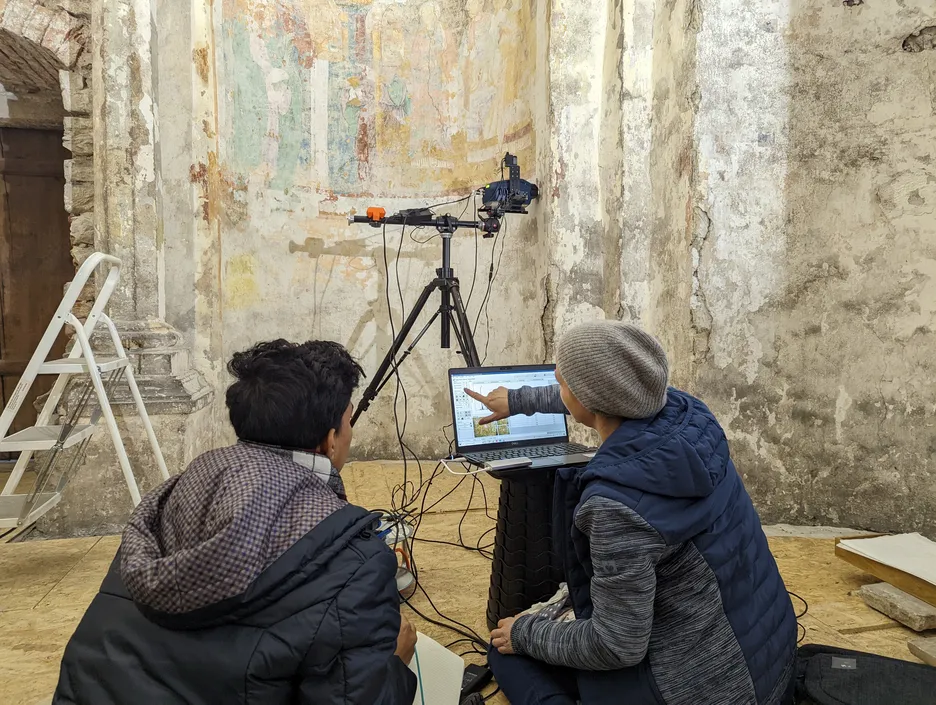
The material side of colours in architecture. Characterization and diagnostic
In the building industry, the tasks are currently increasingly shifting from new construction to the preservation and/or renovation of existing, in some cases historical, buildings. Sustainable technical and cultural strategies for the preservation of such complex objects require an integrative approach that combines science-based investigation (documentation, research, analysis, and evaluation) with architectural planning. To be able to work together on interdisciplinary basis an effort to understand and be familiar with other complementary disciplines should be done. Thus, the aim of the course is to introduce architects and engineers to the methodologies and strategies behind the scientific study of historical materials. The Heritage science discipline as well as the role of the different professional figures involved in cultural heritage studies will be defined. The students will acquaint themselves with the chemistry of two exemplar architectural surfaces, such as plasters as well as wall paintings, their degradation paths and the technologies currently used to characterize them. Case studies, that are currently investigated by the chair in the frame of research projects, e.g., the Palimpsest of the Magdalen Chapel in Regensburg and the Berlin Modernist housing estates, will be extensively discussed and used to explain boundaries and challenges of the analytical investigation of cultural heritage. An excursus on the state-of-the-art technologies for the investigation of coloured matter and beyond will be presented throughout the course.
After the course, the students will be able:
to name materials of historical and artistical interest and the state-of-the-art technology that is currently applied and developed for Cultural heritage studies,
to explain why it so important to preserve our cultural heritage, and to do research on materials used in the past,
to describe the analytical challenges and boundary conditions in the studies of valuable and highly heterogeneous objects,
to understand the role of the heritage scientist and the methodologies behind scientific studies,
to understand the importance of collaboration between conservators, scientists and all other professionals involved in the study of cultural heritage.